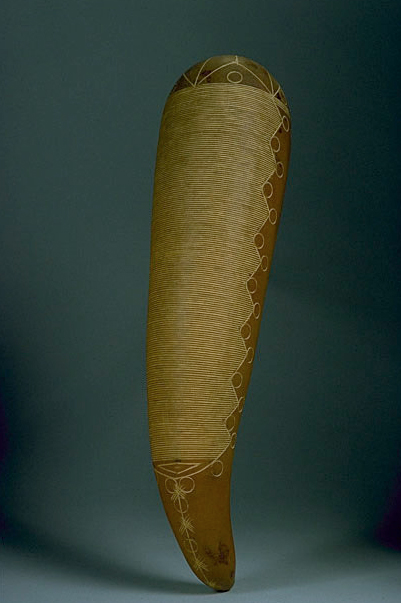The güiro, a percussion instrument hailing from Puerto Rico and Cuba, features a hollow gourd with open ends and notches cut along one side. Typically played by a vocalist, the güiro produces a ratchet or raspy sound when rubbed with a stick (palillo or baqueta), pick or scraper (rascador, pua or puyero). Its origin can be traced back to either the Caribbean or Africa.
This instrument is widely utilized in various Hispanic American musical forms, including but not limited to Puerto Rican and Cuban genres, son cubano, trova, bolero and salsa. Playing the güiro requires both long and short sounds, achieved by scraping up and down with long or short strokes.
The güiro is crafted from a hollowed-out gourd, often the higüero tree’s fruit (Crescentia cujete), with parallel circular stripes carved into the shorter end.


In modern times, güiros can be fashioned from various materials, such as wood, metal, plastic, bamboo, and even fiberglass, and can take on many shapes and sizes, including standard blocks, frog güiros, and crocodile güiros.

This percussive instrument is known by various monikers, including güira (Dominican Republic), rascador, raspador, güícharo (Puerto Rico), and churuca (Panama).
In salsa music, the Cuban güiro is the standard and is thicker than its Puerto Rican counterpart.

(headline image: Puerto Rican güiro, courtesy of National Museum of American History)


